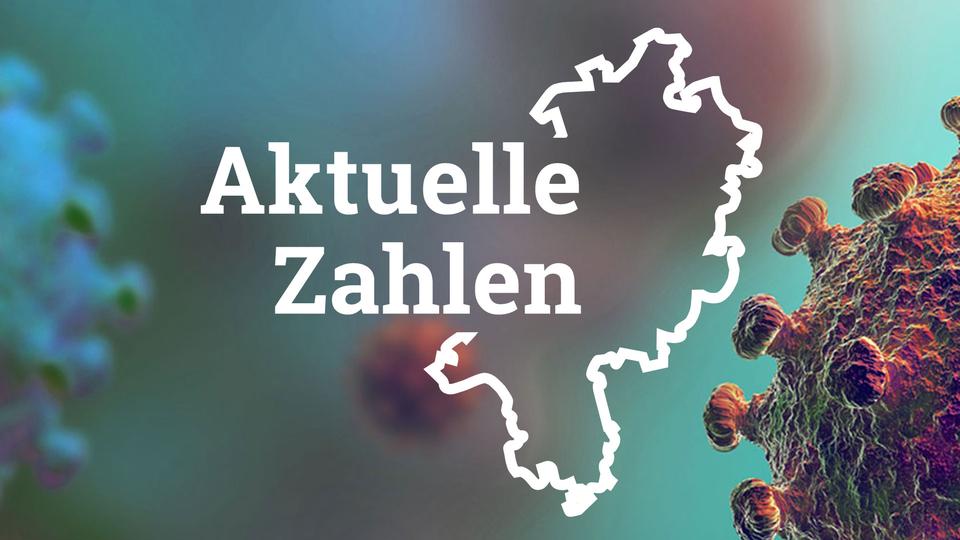
This form of geoinformation‐driven governmentality, I will contend from critical geography and surveillance studies perspective endangers ethical values such as trust and solidarity, agency, transparency along with the rights and values of citizens. And secondly, geoinformation has also been used to control the spread of the pandemic by monitoring and limiting the behaviour of citizens through various technologies. These efforts have been part of initiatives by the United Nations as well as NGOs, using geoinformation to inform urban policymaking by representing the social, political and environmental issues facing those living in deprived urban areas. First, geoinformation has been helpful in organizing efforts for capacity building, in mapping communities living in deprived urban areas (referred to commonly as ‘slums’) and their response to COVID‐19 measures. The measures taken by governments across the world have relied upon the use of geoinformation from satellites, drones, online dashboards and contact tracing apps to render the virus more visible, which has been instrumental in two ways. Clean hands after disposing of mask.In the wake of the COVID‐19 pandemic, a range of technological as well as legislative measures were introduced to monitor, track and prevent the spread of the COVID‐19 virus across the world.
#JOHNS HOPKINS CORONA TRACKER HOW TO#



Wash hands after coughing or sneezing when caring for the sick before during and after food preparation before eating after using the toilet when hands are visibly dirty and after handling animals or waste.Clean hands frequently with soap and water, or alcohol-based hand rub.World Health Organization advice for avoiding spread of coronavirus disease (COVID-19) It also includes graphs mapping trends in recoveries and cases in the bottom right corner. It gives information on provinces in China, cities in the U.S., Australia, and Canada, and nationwide data on other countries. Centers for Disease Control and Prevention (CDC).

The team confirms diagnoses with international, national, and local health officials like the World Health Organization (WHO) and the U.S. New cases are identified through sources including Twitter, online news services, and through communications sent to the dashboard, co-creator Lauren Gardner, an associate professor at Johns Hopkins University, wrote in a blog post. First published publicly on January 22, around a month after the outbreak started, it is updated in real-time. This dashboard by Johns Hopkins University's Center for Systems Science and Engineering is often cited by news organizations, including Newsweek. Thankfully, trackers and dashboards updated by experts and news teams can make staying abreast of developments a little easier.īelow are a some of the most reliable trackers charting how the outbreak is unfolding, both near and afar. As the new coronavirus which causes COVID-19 continues to spread around the world, keeping up with the outbreak which has touched every continent except Antarctica can feel overwhelming.


 0 kommentar(er)
0 kommentar(er)
